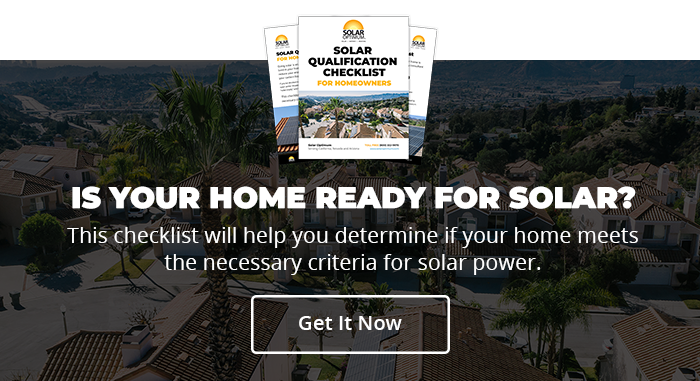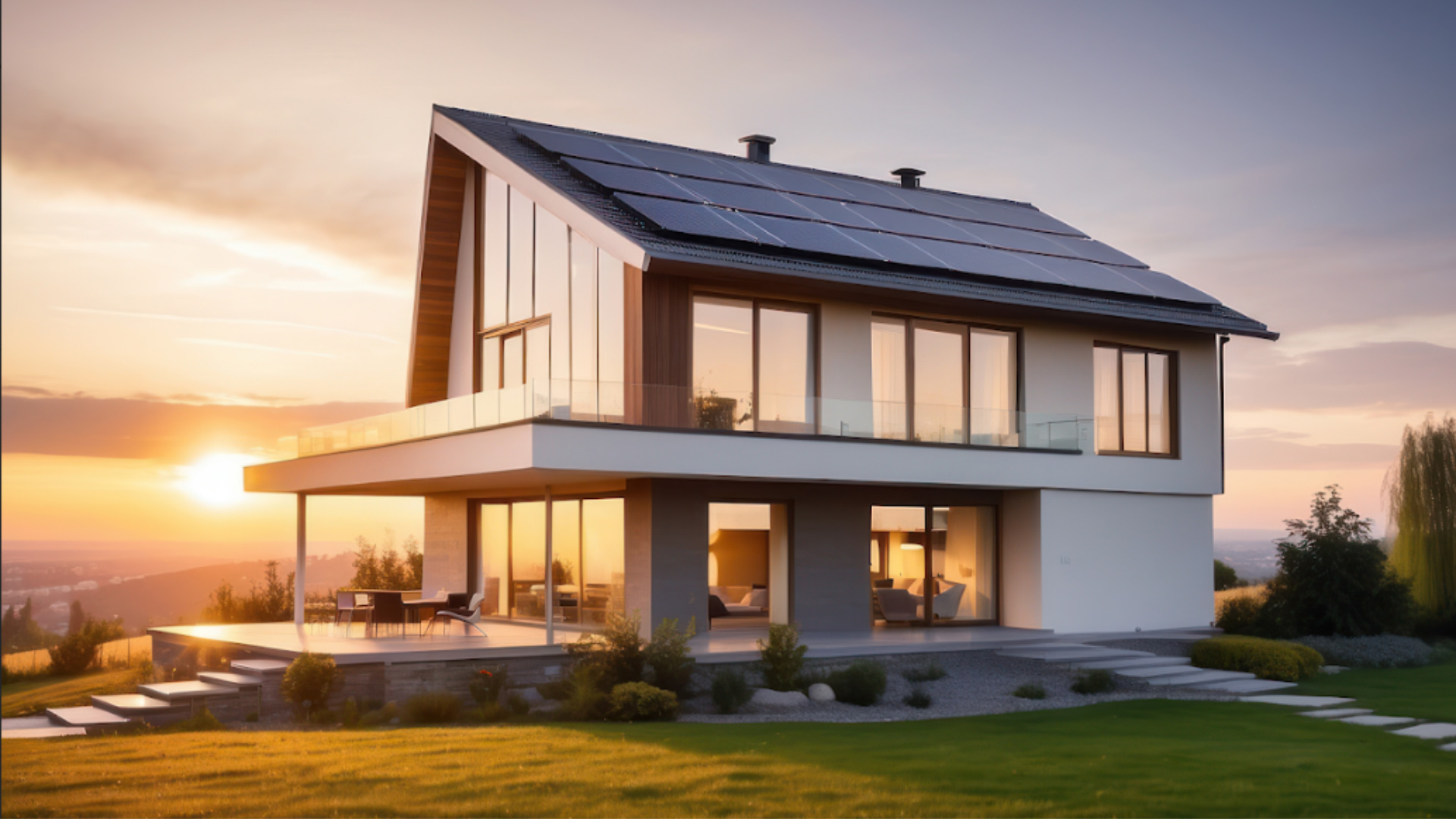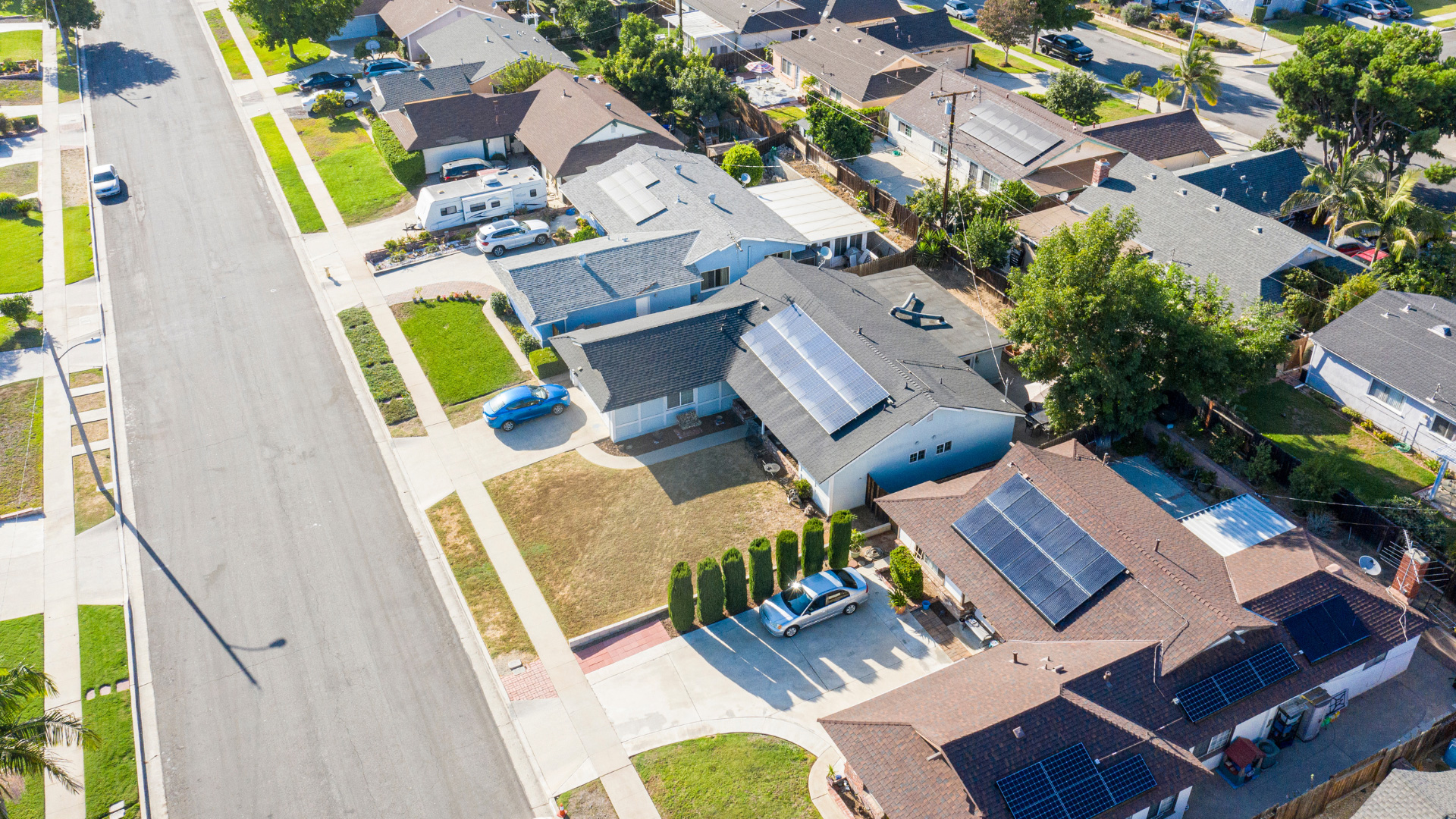The advantages of solar energy in Nevada have persuaded many homeowners to install solar panels and enjoy clean energy. Interestingly, they produce more solar energy than they can consume.
If you are a homeowner in NV and you use solar energy, you might be interested in learning what happens to the excess solar energy you produce. This article explains Nevada’s net metering program including its rules and whether the state buys excess solar energy from homeowners.
Nevada Net Metering
NV Energy offers net metering to homeowners, which allows them to send the excess solar energy they produce to the grid for distribution to other homeowners. In return, they earn credits at full retail price for the excess energy they send to the grid. The credits are recorded in the customer’s bill.
Each kilowatt-hour a homeowner sends to the grid offsets one kilowatt-hour of grid usage. The homeowner earns credit for the excess power, which is used to offset their power bill in the month or subsequent month.
Unlike in other states where energy providers buy the excess electricity homeowners produce at wholesale price, Nevada trades the excess solar energy for credits at retail price. This implies that if a homeowner uses more energy from the grid than they send to the grid, they pay the difference.
If they use less, they earn credit forwarded to their subsequent bill. Notably, solar credits do not cover the monthly grid connection fee of $12.50. Fortunately, homeowners enjoy power from the grid when their solar does not produce enough to meet their power needs, especially at night or on cloudy days.
What are NV Energy’s net metering rates and rate plans?
Since 2021, NV Energy’s net metering rate has been 75% of the retail rate. Homeowners are guaranteed to get the rate they initially received for 20 years. Homeowners going solar with NV Energy can choose one of the three net metering rate plans to get net metered:
- Standard rate – The homeowner pays a fixed price per kWh at all times, and the credit for excess hours is based on that price.
- Time-of-use rate – Under this rate plan, the cost of power changes depending on the time consumed. The cost is highest during the evening hours.
- EV rate – This rate applies the same terms as the time-of-use rate but adds an extra-low overnight rate to promote electric vehicle charging at night.
Deciding on the best rate can be confusing, especially if you don’t understand how the rate plans work. The standard rate plan is the easiest and most preferred by most people. The time-of-use rate plan is the best if you rarely use power during peak hours, especially between 5 to 9 PM in summer.
Going Solar with Solar Optimum
Are you in Nevada and interested in adopting solar energy? Solar Optimum is currently serving customers in Las Vegas, Henderson, North Las Vegas, South Las Vegas, Boulder City, and Blue Diamond. Get in touch with our team today for more information.







